Table of Contents
What is a Long Red Spicy Pepper?
The long red spicy pepper (Scoville Heat Unit: 30,000-50,000) is a versatile chili pepper used globally in cooking for its balanced heat and fruity flavor. Commonly known as cayenne or bird's eye chili, it's significantly hotter than jalapeños but milder than habaneros. This guide covers everything you need to know about its culinary applications, growing requirements, and buying tips.
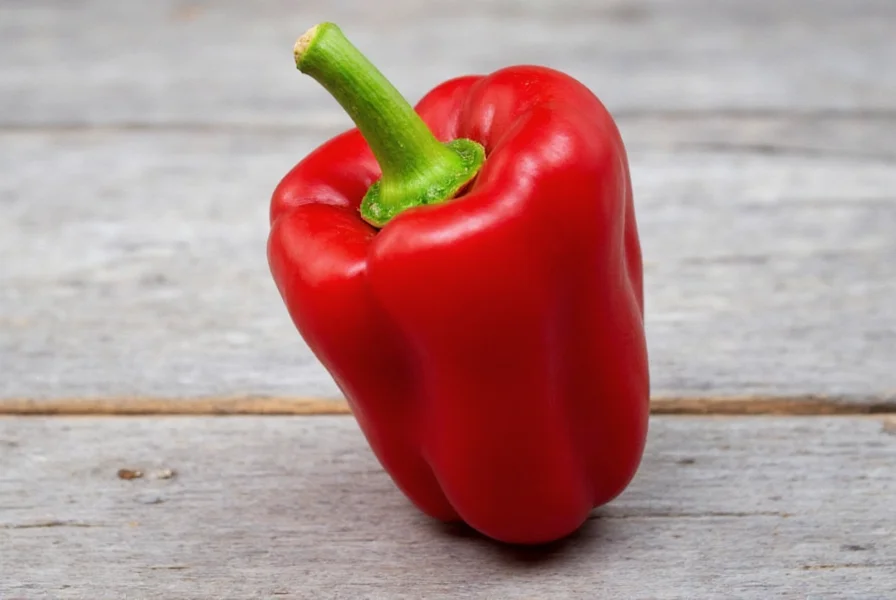
Heat Level & Comparison
| Pepper Type | Heat Level (SHU) | Flavor Notes |
|---|---|---|
| Long Red Spicy Pepper | 30,000–50,000 | Spicy, slightly sweet, smoky |
| Jalapeño | 2,500–8,000 | Mild, grassy, slightly sweet |
| Habanero | 100,000–350,000 | Very hot, fruity, floral |
| Cayenne | 30,000–50,000 | Hot, sharp, slightly tangy |
Culinary Uses & Recipes
Long red spicy peppers transform dishes with their vibrant heat and complexity. Here's how to use them effectively:
- Authentic Salsa: Dice 2 peppers with 1 tomato, 1/4 onion, cilantro, and lime juice for a restaurant-quality salsa.
- Stir-fry Enhancement: Add sliced peppers to chicken or tofu stir-fries during the last 2 minutes of cooking to retain crispness and heat.
- Spice Rubs: Mix 2 tbsp dried pepper powder with 1 tbsp smoked paprika, 1 tsp garlic powder, and 1 tsp cumin for a perfect BBQ rub.
- Hot Sauce: Blend 10 fresh peppers with 1/2 cup vinegar, 2 garlic cloves, and 1 tsp salt for a shelf-stable hot sauce.
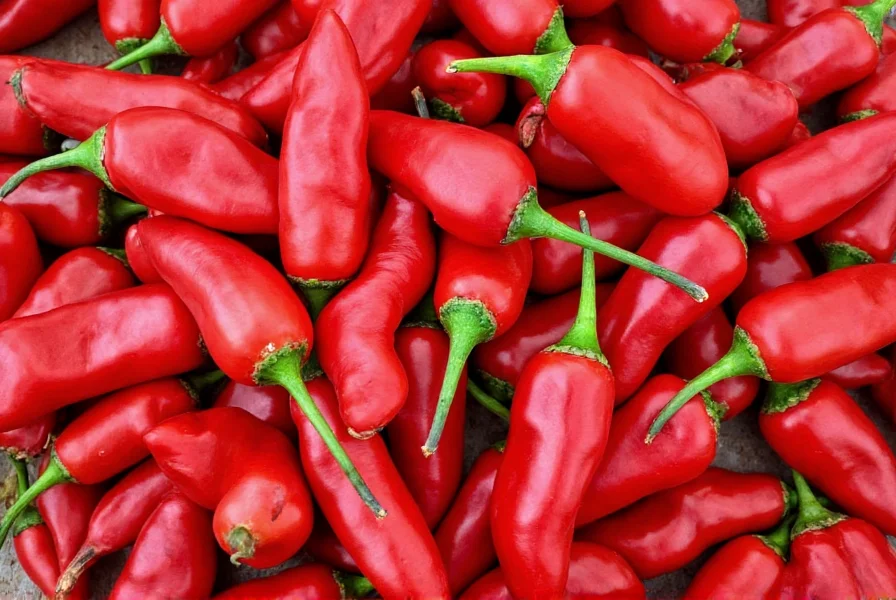
Growing Guide
Long red peppers thrive in warm climates with consistent care. Follow these professional growing tips:
- Soil Requirements: Use well-draining soil with pH 6.0-6.5. Add compost for nutrient-rich growth.
- Planting: Start seeds indoors 8 weeks before last frost. Transplant when soil temperature exceeds 65°F (18°C).
- Spacing: Plant 18-24 inches apart to ensure airflow and prevent disease.
- Watering: Water deeply 2-3 times weekly, keeping soil moist but not soggy. Avoid wetting leaves to prevent fungal issues.
- Harvesting: Pick when peppers are fully red and firm (70-90 days after planting). Use pruning shears to avoid damaging plants.
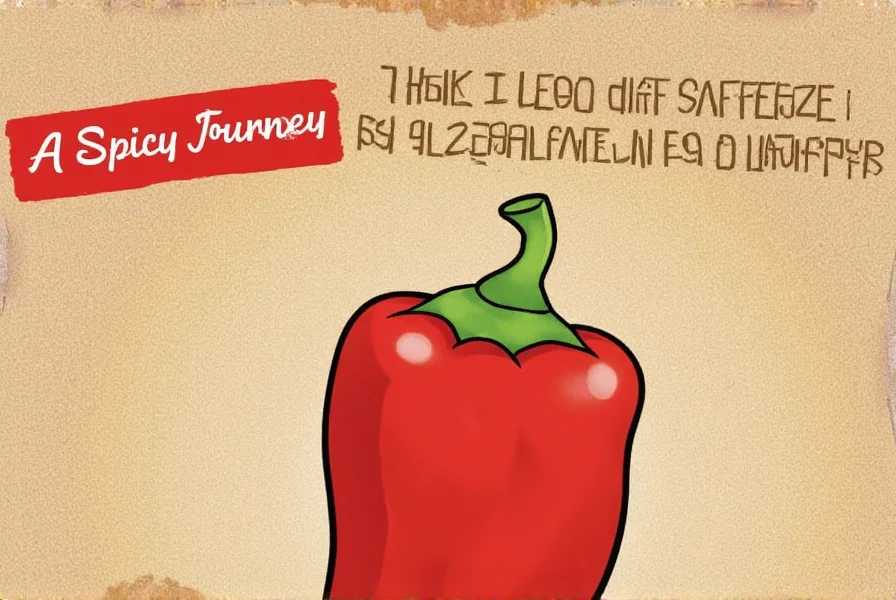
Buying Guide
When purchasing long red spicy peppers, focus on quality indicators:
- Fresh Peppers: Look for bright red color, firm texture, and smooth skin. Avoid wrinkled or soft spots.
- Dried Peppers: Choose uniform color without mold or discoloration. Should have a strong, spicy aroma.
- Where to Buy: Farmers markets for fresh varieties, specialty spice shops for dried options, and reputable online retailers for rare cultivars.
Cooking Tips
- Heat Control: Remove seeds and white membranes to reduce heat by 50%. Soak in salt water for 10 minutes for additional mellowing.
- Flavor Enhancement: Toast dried peppers in a dry pan for 1-2 minutes before grinding to unlock deeper flavors.
- Balance Techniques: Counteract heat with dairy (yogurt, sour cream), acid (lime juice), or sweetness (honey, sugar).
- Storage: Freeze whole peppers for up to 6 months. Store dried peppers in airtight containers away from light for 12 months.
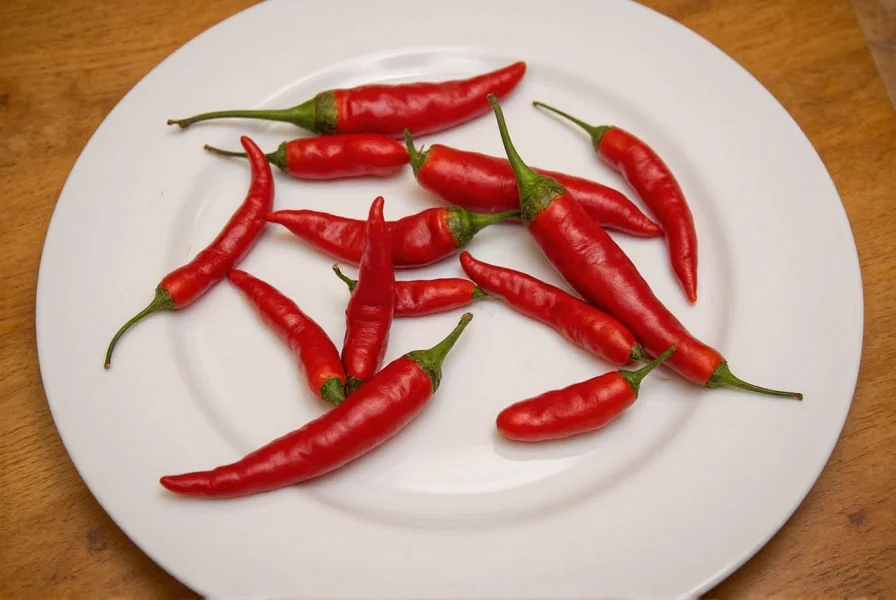
How does long red spicy pepper compare to cayenne pepper?
Long red spicy peppers and cayenne share similar heat levels (30k-50k SHU), but long red peppers have a sweeter, smokier flavor profile while cayenne is sharper and more tangy. Long red peppers are often used fresh in salsas and stir-fries, while cayenne is primarily used dried as a powder.
Can I grow long red spicy peppers indoors?
Yes! Use a 5-gallon container with drainage holes, place in a south-facing window with 6+ hours of sunlight, and supplement with grow lights during winter. Maintain consistent moisture and fertilize every 2 weeks with balanced liquid fertilizer. Harvest when peppers reach full size and bright red color.
What health benefits do long red spicy peppers offer?
Rich in capsaicin, vitamin C (200% daily value per 100g), and vitamin A, they support metabolism, reduce inflammation, and boost immunity. Studies show capsaicin may help with pain management and cardiovascular health. Always consume in moderation if you have gastrointestinal sensitivities.
How to prevent blossom drop when growing peppers?
Blossom drop occurs due to temperature extremes (below 55°F or above 90°F), inconsistent watering, or nutrient deficiencies. Prevent it by: 1) Using mulch to regulate soil temperature, 2) Watering consistently (1-2 inches weekly), 3) Applying calcium-rich fertilizer during flowering stage, and 4) Avoiding nitrogen-heavy fertilizers that promote leaf growth over fruiting.
Conclusion
The long red spicy pepper is a culinary powerhouse that elevates dishes with its perfect balance of heat and flavor. Whether you're adding it to salsas, growing your own garden, or experimenting with spice rubs, understanding its characteristics and proper usage will transform your cooking. With proper storage and handling techniques, you can enjoy its vibrant flavor year-round.

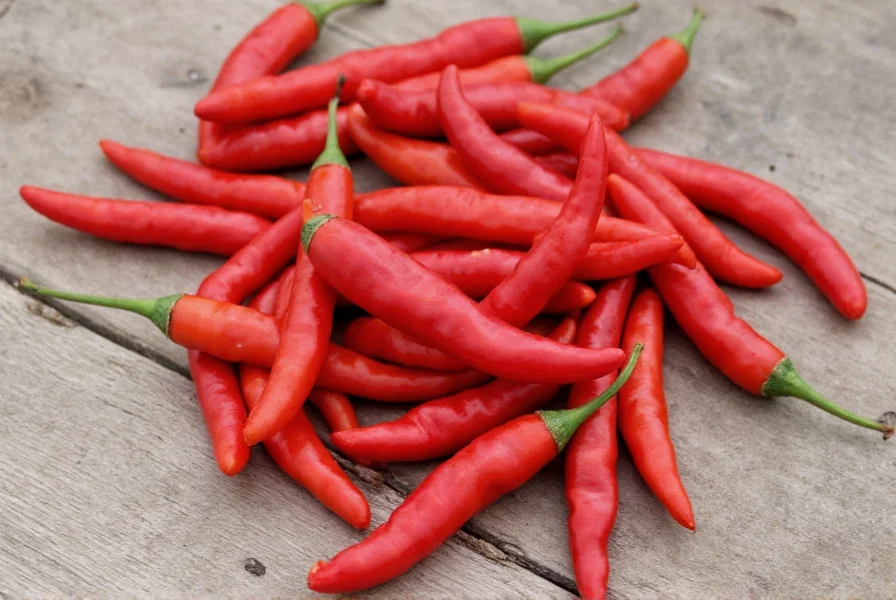









 浙公网安备
33010002000092号
浙公网安备
33010002000092号 浙B2-20120091-4
浙B2-20120091-4